![]()
![]()
![]()
Use LEFT and RIGHT arrow keys to navigate between flashcards;
Use UP and DOWN arrow keys to flip the card;
H to show hint;
A reads text to speech;
25 Cards in this Set
- Front
- Back
- 3rd side (hint)
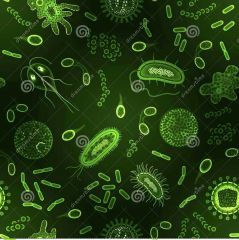
Microorganisms |
A microscopic organism, especially a bacterium, virus, or fungus. Or microbe is an organism that is so small that it is microscopic (invisible to the naked eye). |
|
|
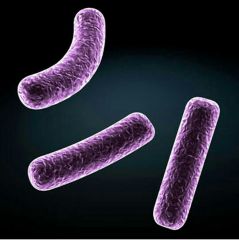
Bacilli |
A disease-causing bacterium. A rod-shaped bacterium. (Ability to be aerobic or anerobic) |
|
|

Cocci |
Any spherical or roughly spherical bacterium. Usually grouped in chains. |
|
|
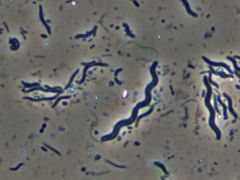
Spirilla |
A bacterium with a rigid spiral structure, found in stagnant water and sometimes causing disease. (Aerobic) |
|
|
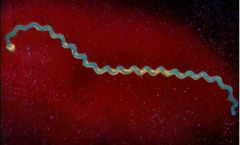
Spirochetes |
A microscopic bacterial organism in the Spirochaeta family. Tight spiral shape. Many of which are pathogenic. Ex: syphilis, relapsing fever, yaws, and other diseases. (Anaerobic) |
|
|
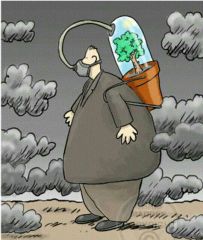
Aerobic |
Relating to, involving, or requiring oxygen to function. |
|
|

Anerobic |
Not requiring, or capable of occurring, in the absence of air or free oxygen. A living thing that can survive only in the absence of oxygen. |
|
|

Streptococci |
A group of bacteria that causes a multitude of diseases. Examples of illnesses caused by streptococcus are strep throat and scarlet fever. (Aerobic) |
|
|

Staphylococci |
(Aerobic) A group of bacteria that cause a multitude of diseases. (Disease producing) They can cause illness directly by infection or indirectly through products they make, such as the toxins responsible for food poisoning and toxic shock syndrome (Ex: tampon) |
|
|
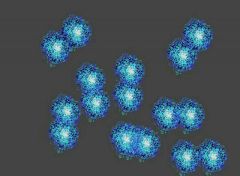
Diplococci |
Bacteria that usually occur in pairs. Causes: pneumonia, gonorrhea |
|
|
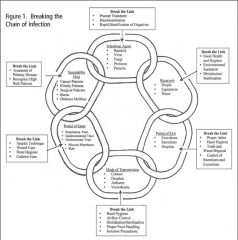
Chain of Infection |
The chain of infection is a way of gathering the information needed to interrupt or prevent an epidemic. Each of the links in the chain must be favorable to the organism for the epidemic to continue. Breaking any link in the chain can disrupt the epidemic. |
|
|
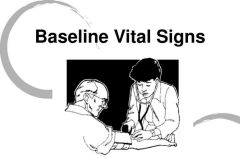
Baseline |
Information that is used as a starting point by which to compare other information |
|
|
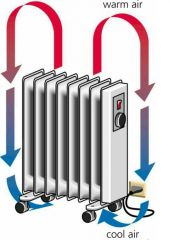
Convection |
The process by which heat is lost through the skin by being transferred from the skin by air currents flowing across it. |
Steam rises from a boiling pot of water. |
|
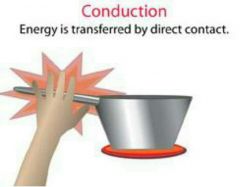
|
The transfer of heat from within the body to the surface of the skin and then to surrounding cooler objects touching the skin, such as clothing. |
|
|
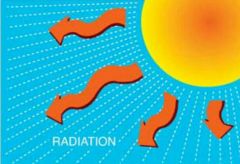
Radiation |
Body heat lost from the surface of the skin to a cooler environment, much like a cool room becoming warm when occupied by many people. |
|
|
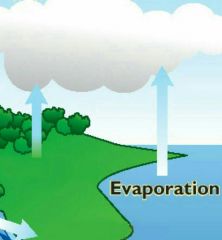
Evaporation |
A heat loss mechanism that uses heat absorption through vaporization of perspiration. |
|
|
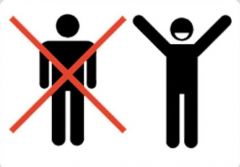
Elimination |
Heat that is lost through the normal functioning of the intestinal, urinary, and respiratory tracts. |
|
|
|
Afebrile |
Absence of fever |
|
|
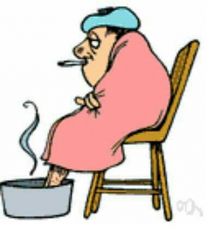
Febrile |
Fever is present. Another term for fever is pyrexia |
|
|
|
Onset |
Time when fever begins |
|
|
|
Lysis |
Body temperature gradually returns to normal after a period of fever (recovery) |
|
|
|
Crisis |
Body temperature decreases suddenly to normal levels; patient may perspire profusely (diaphoresis) |
|
|
|
Intermittent |
Fluctuating fever that returns to or below baseline, then increases again. |
|
|
|
Remittent |
Fluctuating fever that does not return to the baseline temperature; it fluctuates but remains increased. |
|
|
|
Continuous |
Fever that remains above the baseline; it does not fluctuate but remains fairly constant. |
|

